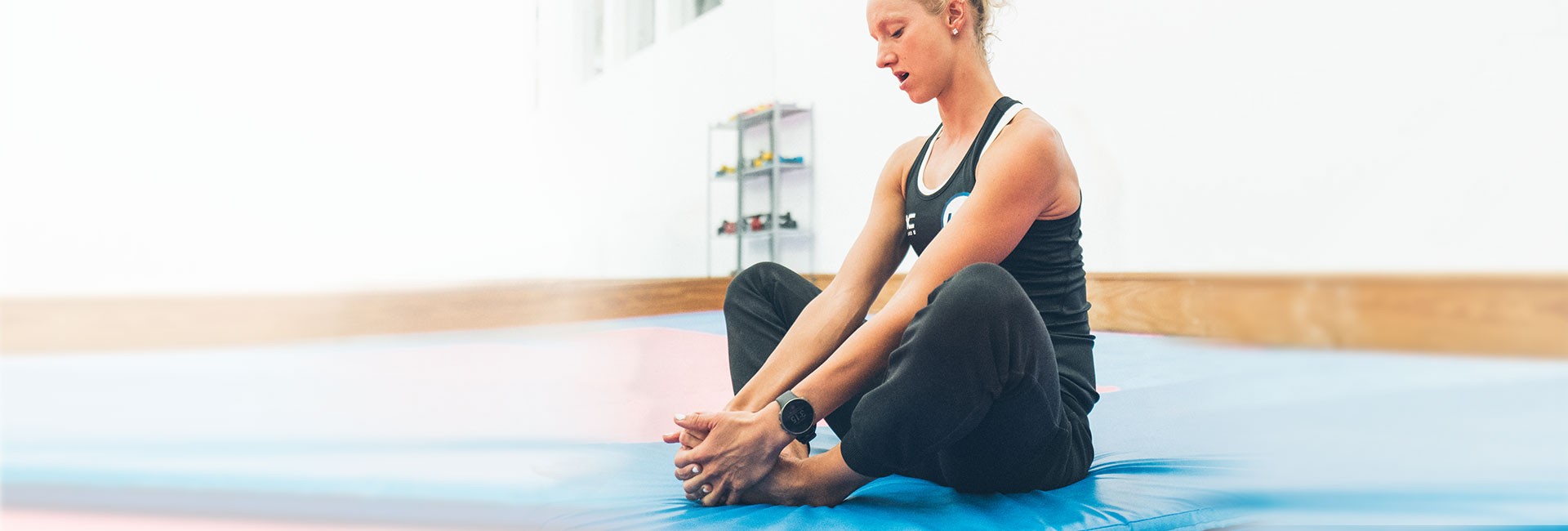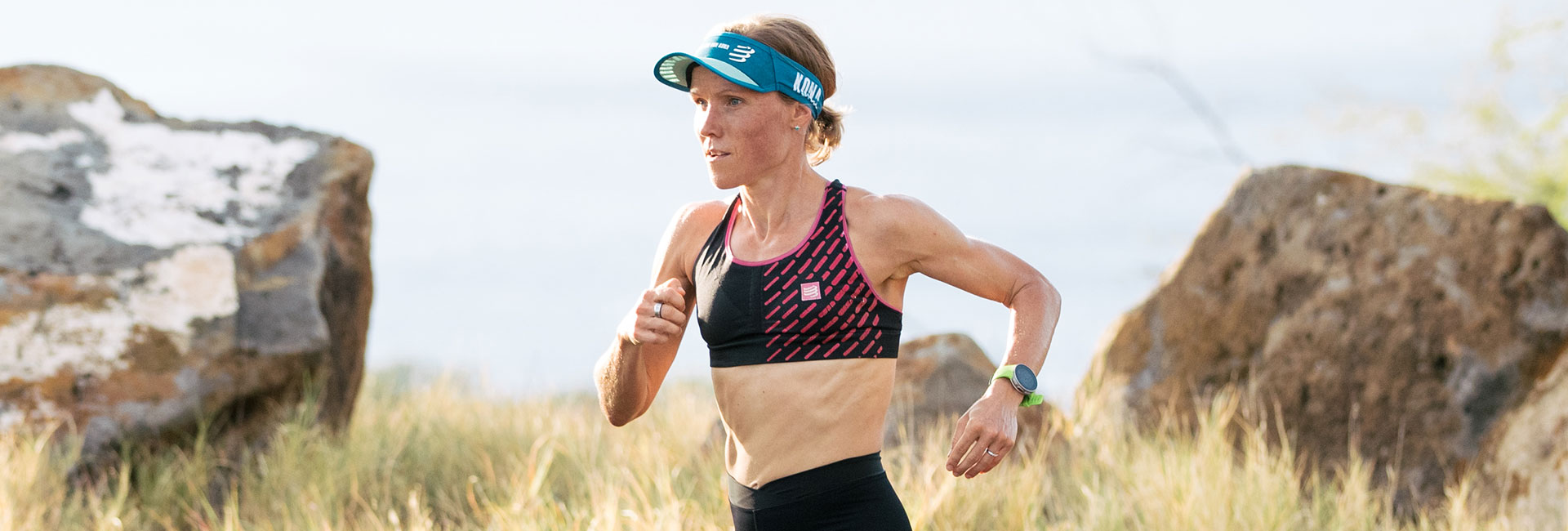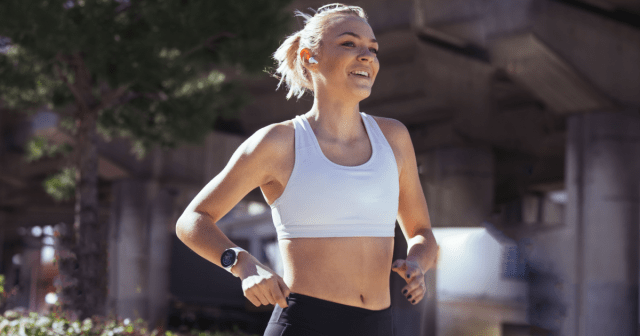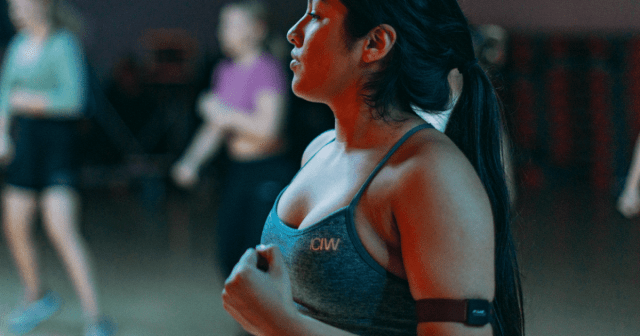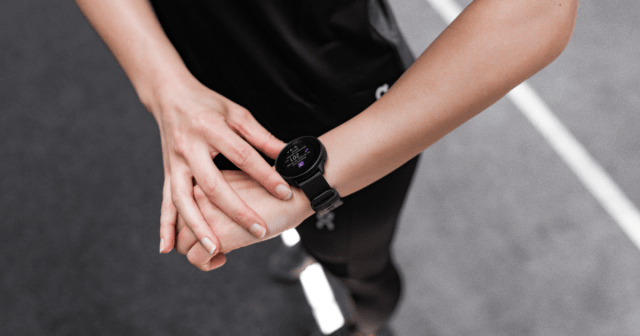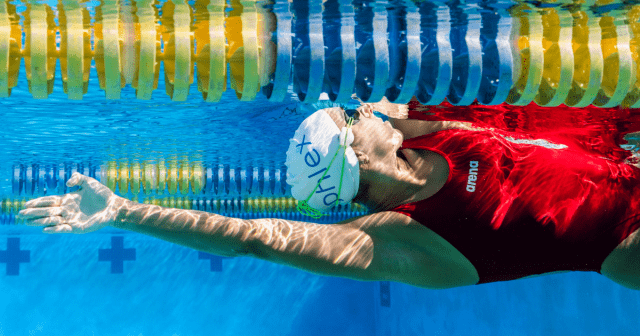With busy training schedules filled with swimming, cycling, and/or running, adding another workout might not seem like a good idea if you’re week is already full. Instead of adding more, maybe consider replacing one training session with a workout that improves mobility and builds strength, such as yoga for endurance athletes.
In fact, to keep improving your endurance performance and avoid most common overuse injuries, supplementing your sport-specific routine with supportive training is a must.
Since the core is extremely important for building the stability, balance, and power needed to excel in endurance sports, adding yoga into your existing training plan can be an excellent way to improve upon weaknesses without overloading the body and risking additional injuries sometimes associated with weight training.
Triathlete and yoga guru Nils von Munster-Kistner has some tried and tested yoga tips to share for endurance athletes. Here he discusses the importance of adding yoga to your training routine and how it can help take your performance to the next level.
How Yoga Will Benefit You
Because of the long hours spent on the bike or out on the road, developing muscular imbalances within the body can be a common problem for endurance athletes. According to Kistner, these imbalances during long training sessions are often what lead to injury.
By incorporating yoga into your training schedule, you’ll be able to get rid of imbalances and over time improve your body perception.
“Most injuries in triathlons happen because of overuse and muscular imbalances. In my opinion, yoga is a great way for endurance athletes to improve their strength, balance, coordination, body awareness, and flexibility all at the same time.”
While disciplines like cycling and running can help to develop strong hamstring and quadriceps muscles, the supporting muscles of the hips and back are often neglected. Developing these muscle groups and improving flexibility with yoga is one way to not only correct weaknesses to improve performance, but will also steer you away from unnecessary injury as the miles start to pile up.
“Spending hours on the bike or on your feet combined with a sedentary job can lead to problems like shortening of the psoas major – which can directly impact stride length in running,” Kistner says.
One of the benefits of yoga is that you never stretch one muscle in an isolated position.
“To avoid problems from tight muscles and monotonous training, it’s ideal to stretch the whole fascia chain, which connects the entire front of the body from the feet to the sides of the skull. While you stretch the front side of the body, you will simultaneously strengthen the back and core, so you kill two birds with one stone.”
This ability to lengthen muscles that are commonly contracted during endurance disciplines while also strengthening overlooked muscle groups is one of the main reasons why incorporating yoga into your routine can be extremely beneficial for performance and injury prevention.
When to Incorporate Yoga into Your Routine
If you have a really busy weekly training schedule, adding in more workouts can not only feel daunting in terms of time management but can also lead to overtraining.
That’s why Kistner recommends different types of yoga workouts depending on where you are in your season:
1. Base phase
“In the offseason, the goal of your base phase is to build aerobic capacity and improve muscular endurance. This is also a good time to work on your imbalances and challenge yourself with your yoga routine,” Kistner says.
“Doing a guided yoga lesson once per week and completing two shorter sessions as a warm-up or cool-down before a run should be feasible, as long as you don’t try to go too deep into your stretches.”
Once you’ve built up your tolerance for the poses and developed the necessary strength and flexibility during this period of training, Kistner recommends backing off a little and listening to your body during the more intense build and peak phases of a training plan.
2. BUILD PHASE
“During the build phase you can do two yoga sessions per week, but try to avoid putting too much stress on your body. If you notice it’s affecting your rest periods negatively, then it’s best to back off.”
If yoga is new to you, it can take a few seasons for your body to build sufficient strength to add more sessions. When more aggressive yoga classes like Vinyasa cause soreness, it may be better to switch it up and try some restorative yoga.
This ability to listen to the body and switch between poses intended to develop strength or flexibility is important during your peak phase of training, too, when the body can be under more stress.
3. PEAK PHASE
“During the peak phase, restorative yoga can help you to engage the parasympathetic nervous system, which can boost your recovery,” Kistner says. “This can also help you to develop a better perception of what your body actually needs.”
For triathletes who are used to pushing hard no matter what, learning to listen to your body and not compare yourself to others can be a challenge.
Like anything else, knowing when to use yoga to your advantage and when your body needs a break will come with time and experience.
The good news is, a dedicated yoga practice will help you become more in tune with your body, breathing, and those times when you might be pushing yourself to the max.
6 yoga Exercises to Get Started
Whether you’re new to yoga or have practiced it in the past, there are yoga poses Kistner recommends that can help combat some of the problematic areas common for most endurance athletes.
Give these six yoga poses a try to get stronger, improve your flexibility, and become a better all-around athlete:
Sun-Salutation A
This exercise is a great way to stretch and strengthen the anterior and posterior chain.
Bridge Pose
This will help to build strength in the glutes and hamstrings while stretching the hip flexors, abs, and chest—a great antidote to the tightness caused by cycling.
Cross-Legged Twist
This will stretch the hips and chest and improve rotation of the spine to help your swim stroke.
Warrior II
This will strengthen and stretch the hips flexors, quadriceps, calves, and ankles.
Warrior III
This will strengthen the hips and core while stretching the hamstrings and building balance.
Pigeon Pose
This will stretch the hip flexor, gluteals, piriformis, IT band, back, and outer hips while improving mobility.
If you liked this post, don’t forget to share so that others can find it, too.
Or give it a thumbs up!
I like this article
Please note that the information provided in the Polar Blog articles cannot replace individual advice from health professionals. Please consult your physician before starting a new fitness program.
